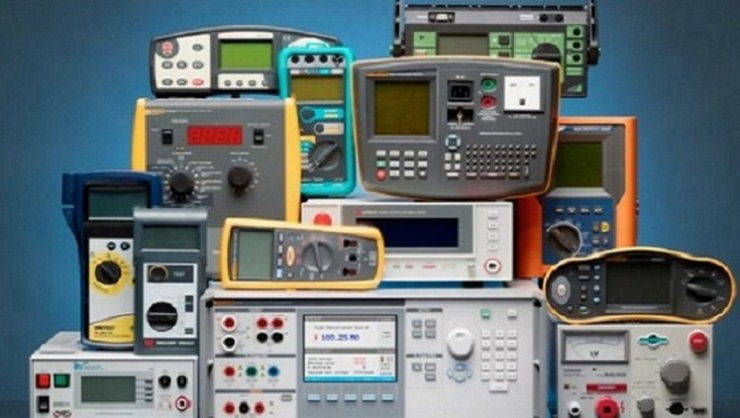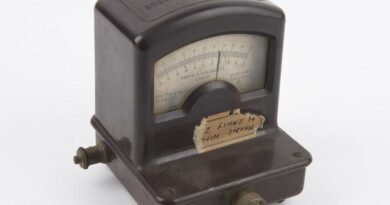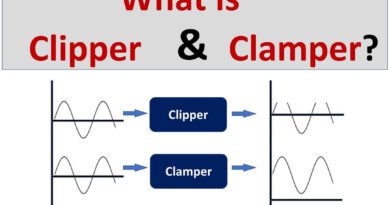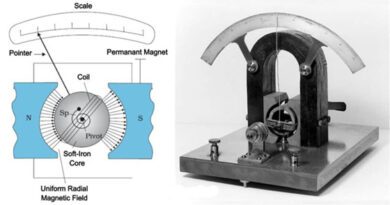The Complexity of Electronics Measurement and Instrumentation
The domains of electronics measurement and instrumentation form the intricate tapestry of electronic marvels, where sophisticated devices and instruments intricately interweave to decipher and document a plethora of physical phenomena. These phenomena, ranging from the enigmatic realms of voltage, current, frequency, amplitude, to the resolute bastions of resistance, are meticulously quantified and recorded. In this enigmatic exposé, we embark on a captivating odyssey to unravel the profound significance of electronics measurement and instrumentation. We traverse through their manifold types and delve into the kaleidoscope of applications that span diverse domains.
Importance of Electronics Measurement and Instrumentation
Electronics measurement and instrumentation cast their omnipresent shadow across an eclectic spectrum of fields. From the terra firma of engineering and the abstruse terrain of scientific exploration to the hallowed halls of medicine and the meticulous chambers of quality control, their relevance knows no bounds. These quintessential practices of measurement and recording are the bedrock upon which the edifice of modern technological prowess is built. They are the compass guiding us through the labyrinth of electronic performance assessment, the litmus test for validating theoretical models, and the sentinels guarding product quality.
Types of Instruments Used in Electronics Measurement
1. Oscilloscopes: Unraveling the Dance of Voltage
Behold the oscilloscope, a symphony of electronic artistry. With deft precision, it measures voltage as it pirouettes through the dimensions of time. On the screen, it unfurls an intricate tapestry—a visual sonnet of signal shape, frequency, amplitude, and more. Here, the language of electrons finds eloquent expression.
2. Multimeters: Versatile Virtuosos
Enter the multimeters, versatile virtuosos of the electronic orchestra. They are the polyglots of the measurement world, conversant in the tongues of voltage, current, resistance, and frequency. In their nimble hands, they orchestrate the testing of electronic circuits, seeking out the elusive fault lines that disrupt harmony.
3. Spectrum Analyzers: Harmonizing Frequency
Spectrum analyzers, the maestros of frequency composition, step onto the stage. With flair, they unveil the composition of electrical signals, painting a mesmerizing portrait where frequency and amplitude waltz in elegant synchrony. Here, hidden frequencies are unmasked, revealing the symphony within.
4. Signal Generators: Crafting Electronic Aria
Signal generators, the composers of known electrical melodies, take center stage. They craft arias in sine waves, square waves, triangles, and the intricate symphonies of FM and AM signals. These virtuosi resonate with precision, offering a harmonious repertoire for testing and experimentation.
5. Power Supplies: Nurturing the Electronic Ecosystem
Power supplies emerge as the nurturers of the electronic ecosystem. Their role, to provide the lifeblood of DC voltage and current to devices under scrutiny, is indispensable. With an array of configurations, they adapt to the unique demands of every electronic entity.
Electronics Measurement Instrumentation Applications
The applications of electronics measurement instruments form an enchanting mosaic:
1. Research & Development:
In the realm of research and development, these instruments stand as the custodians of innovation. Engineers and scientists employ them to sculpt and validate the contours of new electronic marvels. They unveil the secrets of gain, frequency response, and power consumption, illuminating the path to progress.
2. Quality Control:
Within the manufacturing crucible, electronics measurement instruments serve as the sentinels of quality. They meticulously scrutinize products, ensuring they meet the exacting standards and performance criteria set forth by industry and regulatory authorities.
3. Troubleshooting:
When the electronic stars falter and devices malfunction, these instruments become the Sherlock Holmes of the circuit. Technicians wield them as magnifying glasses to uncover the anomalies, measuring voltage, current, and frequency at distinct junctures to discern the root of the enigma.
4. Education & Training:
In the pedagogical arena, these instruments serve as the mentors, imparting wisdom to the inquisitive minds of students. They transform theoretical abstractions into tangible realities, nurturing the future architects of the electronic cosmos in classrooms and laboratories.
In the world of electronics measurement and instrumentation, perplexity and burstiness harmoniously coalesce, painting a vivid canvas of complexity and diversity. These intricacies illuminate the path to deeper understanding and innovation, shaping the future of technology with their multifaceted brilliance.




